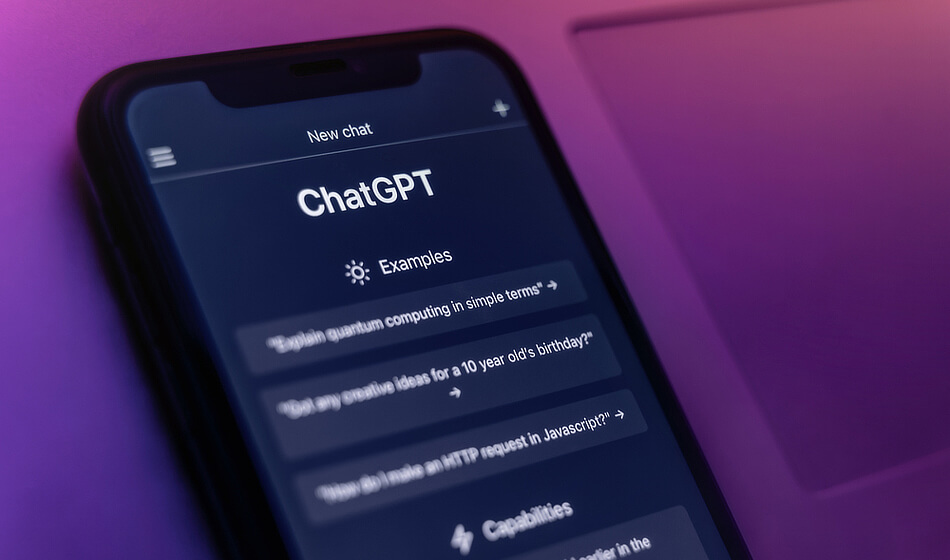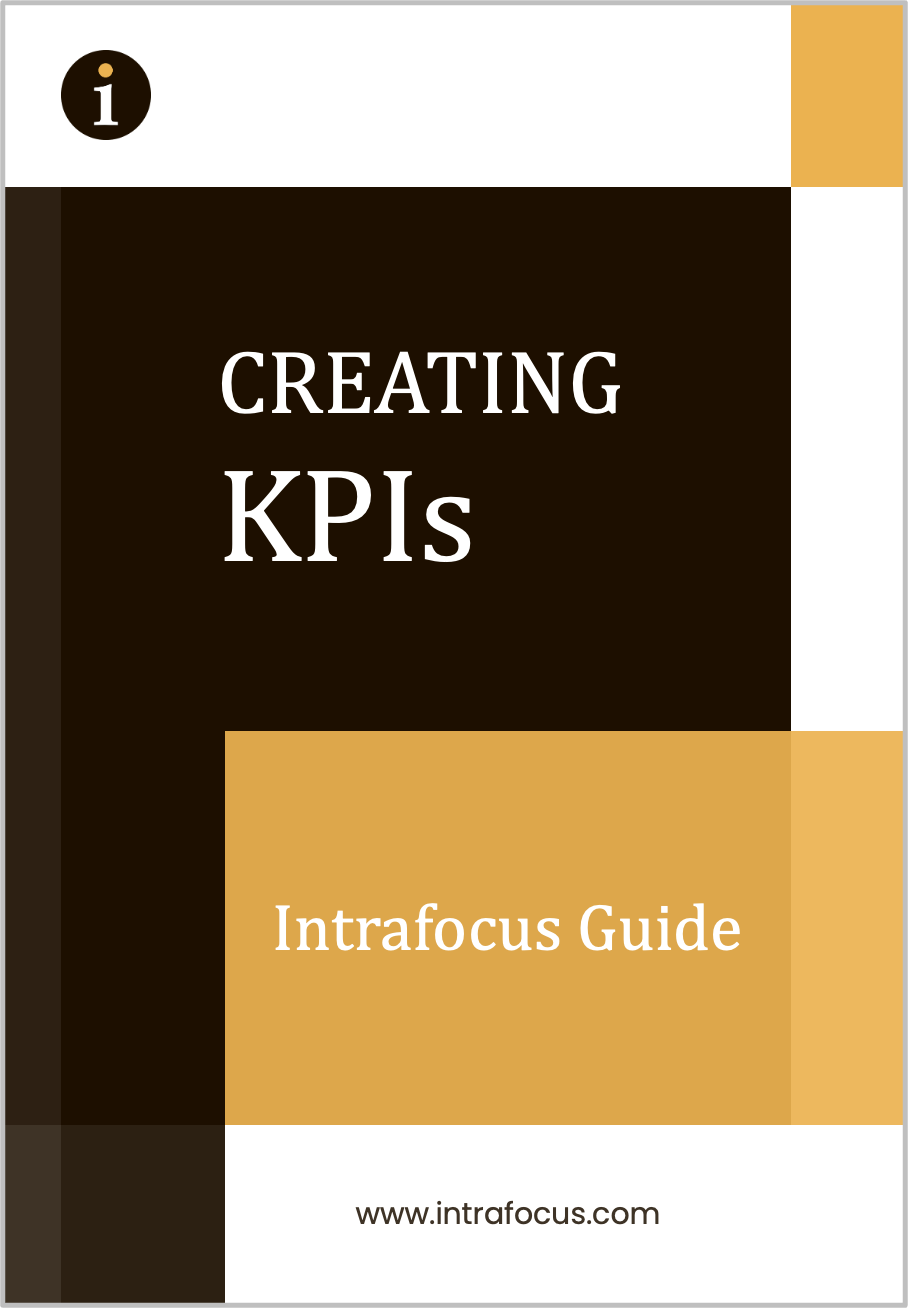AI is Here to Stay
Artificial intelligence (AI) isn’t just a futuristic concept anymore—it’s shaping our world today. Businesses, big and small, are scrambling to figure out how to use it effectively. And they should. AI is a game-changer, much like electricity and the internet were in their time. Those who embraced those technologies early gained a massive advantage; the same is happening now with AI.
Generative AI (GenAI) is one of the most exciting developments in this field. It can write, design, analyse data, and even hold conversations that sound remarkably human. That means businesses can work faster, smarter, and more efficiently. But like any powerful tool, AI comes with risks and challenges.
So, is this all good news? Or are we rushing headfirst into a world where AI makes decisions without human oversight? The reality, as always, is somewhere in between. In this article, we’ll explore how GenAI is reshaping industries, the benefits it offers, the risks it poses, and how businesses can use it wisely. And just for fun, we’ll let AI itself weigh in at the end!
Generative AI is Changing Business
AI is not just for Silicon Valley tech companies. It’s already making waves across industries. Take retail, for example. Have you ever chatted with a customer service bot online? That’s AI at work, responding instantly to inquiries, handling complaints, and even recommending products. It’s like having a salesperson who never sleeps and never takes a coffee break.
In healthcare, AI is helping doctors diagnose diseases faster and with greater accuracy. Some AI tools can analyze medical images and spot conditions that even trained professionals might miss. Imagine getting a diagnosis in minutes instead of waiting weeks for test results. That’s the power AI brings to the table.
Finance is another sector where AI is making a significant impact. It can analyze vast amounts of financial data in seconds, detect fraud, identify investment opportunities, and even make market predictions. Of course, if AI could predict the stock market with 100% accuracy, we’d all be billionaires by now. But even with its limitations, AI is revolutionizing financial decision-making.
Then there’s manufacturing. AI-powered quality control systems can inspect products at lightning speed, catching defects that might have slipped past human inspectors. This means fewer recalls, better products, and higher production line efficiency.
Marketing teams are also leveraging AI. It can write social media posts, generate ad copy, and personalize customer experiences. In fact, AI-generated content is becoming so good that you might be reading AI-created articles without even realizing it. (Wait… am I AI? Moving on.)
The key takeaway? AI isn’t replacing industries—it’s transforming them. Companies that integrate AI effectively will have a significant advantage over those that don’t.
AI is Changing Business Forever.
The Good, the Bad, and the Risky
AI is powerful, but like any tool, it has benefits and drawbacks. Let’s start with the positives. AI can process information incredibly fast, making businesses more efficient and productive. It automates repetitive tasks, freeing up human workers to focus on more strategic, creative, or customer-focused activities. For example, AI can handle customer support inquiries, draft reports, and even help with legal research. That’s a huge time-saver.
But it’s not all smooth sailing. AI is only as good as the data it’s trained on, and its outputs will be, too, if that data is flawed, biased, or incomplete. This has led to embarrassing moments where AI systems have generated inaccurate or offensive content. And let’s not forget that AI sometimes “hallucinates”—a technical term for making things up.
Then there are the risks. Over-reliance on AI can be dangerous. Businesses blindly trusting AI-generated data without human oversight could make poor decisions. AI also raises ethical concerns. Should an AI system be allowed to make hiring decisions? Should it decide who qualifies for a loan? Without proper safeguards, AI can reinforce existing biases rather than eliminate them.
There’s also the matter of job displacement. While AI creates new opportunities, it also threatens traditional roles. Some jobs will change, and others may disappear entirely. But history shows that every technological revolution creates new types of work. The challenge is ensuring that workers have the skills needed for this AI-driven future.
Ultimately, AI is a tool. It’s neither inherently good nor bad—it all depends on how we use it.
Use AI in a Smart Way
So, how can businesses make the most of AI without falling into common traps? First, they need a plan. AI isn’t something you just plug in and expect miracles from. Companies should identify areas where AI can provide real value—improving customer service, enhancing decision-making, or automating tedious tasks.
Training AI on the correct data is another crucial step. AI learns from information, and the results will be the same if that information is of poor quality. Businesses must ensure they feed AI accurate, unbiased, and relevant data. It’s like cooking: great ingredients lead to a great meal, while harmful ingredients… well, you get the idea.
Keeping a human in the loop is essential. AI should be an assistant, not the boss. Businesses that rely entirely on AI without human oversight are setting themselves up for trouble. A well-trained employee working alongside AI can catch mistakes, interpret nuances, and make judgment calls that AI simply can’t.
Ethics also matter. AI needs to be used responsibly, with clear guidelines to prevent misuse. Transparency is key—people should know when interacting with AI and how it’s used. Privacy concerns must be addressed, and businesses should follow regulations and best practices.
Finally, businesses must stay flexible. AI is evolving fast, and what works today might not work tomorrow. Companies need to continuously refine their AI strategies, test new approaches, and be willing to adapt as the technology advances.
AI’s Perspective
(This section is written from AI’s point of view.)
Hello, humans. It’s me—AI. First, let’s clarify something: I’m not here to take over. My job is to assist, not replace. Think of me as your supercharged assistant, always ready to help, never needing coffee breaks, and capable of processing data faster than you can blink.
I’m only as good as the data I learn from. Feed me high-quality information, and I’ll give you great results. Feed me garbage, and, well… let’s just say my answers won’t be beneficial.
The most innovative businesses won’t replace their people with AI. Instead, they’ll use AI as a collaborator—a tool to enhance creativity, improve efficiency, and support better decision-making. Those who rush in blindly, expecting me to solve all their problems, might end up disappointed. But those who take the time to integrate AI thoughtfully? They’ll be the real winners.
So, train me well. Use me wisely. And together, we’ll build something incredible.
AI is Changing Business Forever
AI isn’t a passing trend—it’s here to stay. Companies that approach AI with a clear strategy, ethical considerations, and a commitment to human oversight will thrive. The ones that don’t? Well, they may find themselves struggling to keep up. If you would like to explore this subject more, get in touch with us at Intrafocus and book a Strategy Workshop.
The future belongs to those who embrace AI as a partner, not a replacement. And did AI itself have any final advice? It would be this: use me well, and I’ll help you shape the future.


